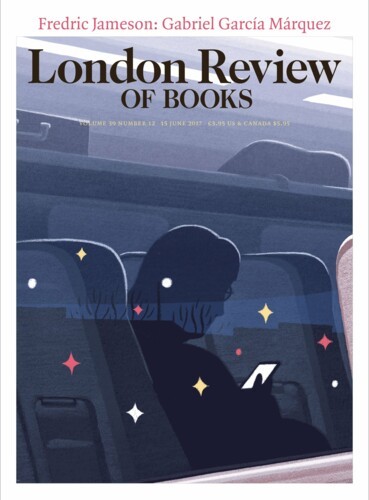How smart was Poussin?
Malcolm Bull, 4 April 1991
Nicolas Poussin
by Alain Mérot, translated by Fabia Claris.
Thames and Hudson, 336 pp., £65, November 1990,0 300 04763 0 Show More
by Alain Mérot, translated by Fabia Claris.
Thames and Hudson, 336 pp., £65, November 1990,
Nicolas Poussin: Dialectics of Painting
by Oskar Bätschmann, translated by Marko Daniel.
Reaktion, 176 pp., £27, September 1990,0 948462 10 8 Show More
by Oskar Bätschmann, translated by Marko Daniel.
Reaktion, 176 pp., £27, September 1990,
Ideal Landscape: Annibale Carracci, Nicolas Poussin and Claude Lorrain
by Margaretha Rossholm Lagerlöf.
Yale, 256 pp., £35, November 1990,0 300 04763 0 Show More
by Margaretha Rossholm Lagerlöf.
Yale, 256 pp., £35, November 1990,
“... response. In so doing he may have hoped to enhance his critical reputation as well: for if, as David Freedberg recently argued in The Power of Images, the aesthetic appreciation of art depends on the repression of instinctual physical reactions, the construction of an incorporeal viewer is a demand for critical (rather than popular) recognition. And this ... ”
